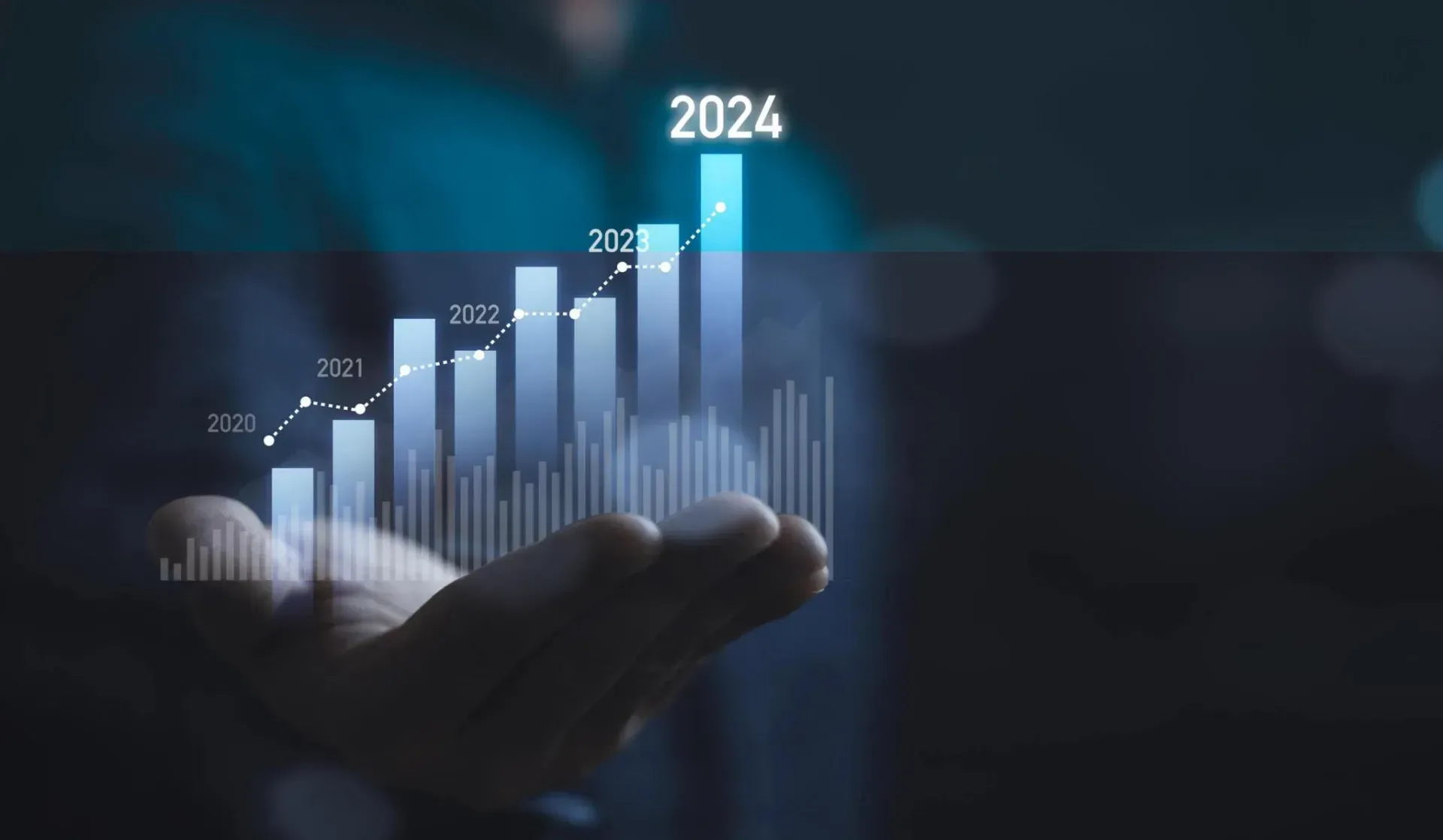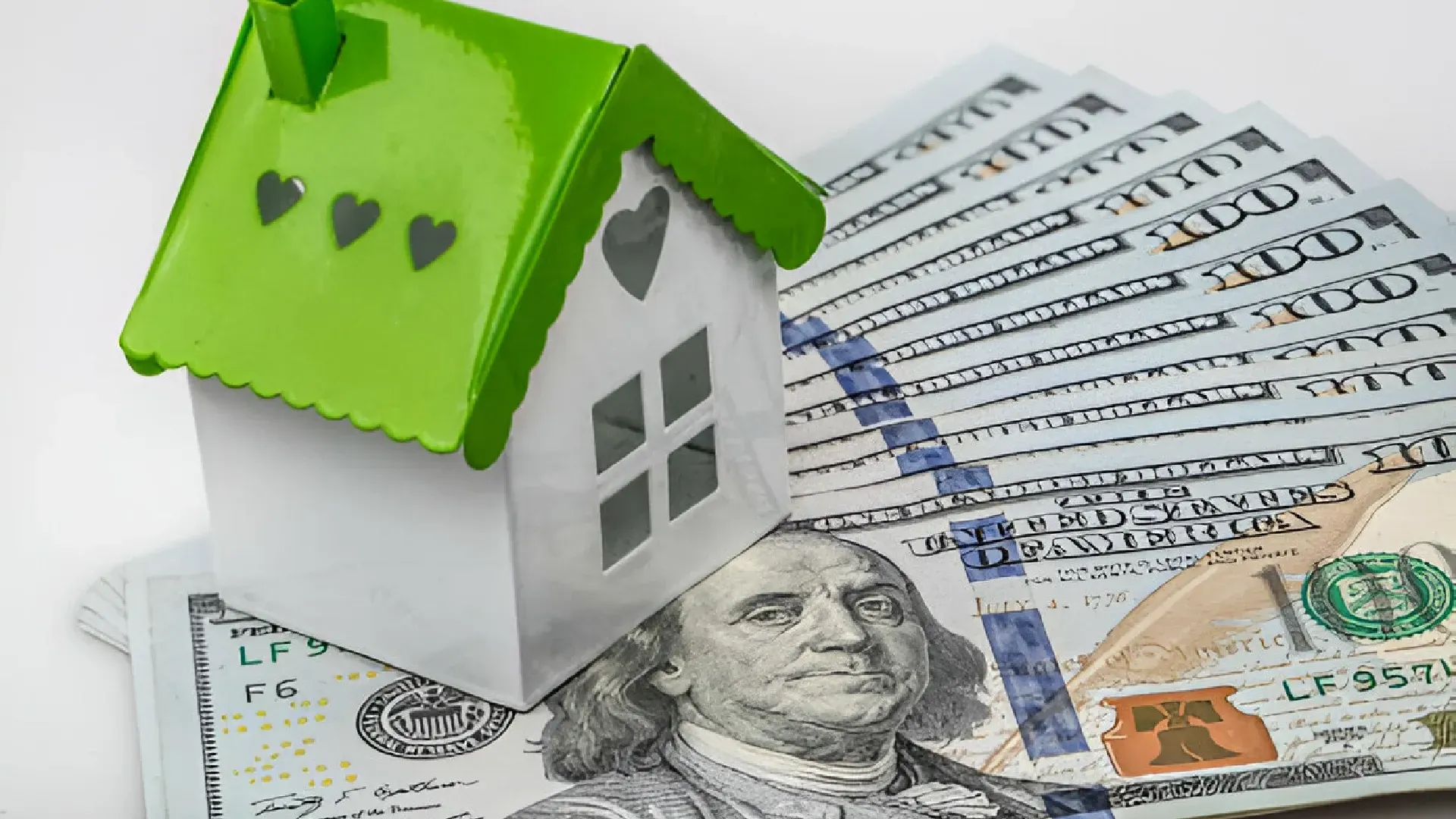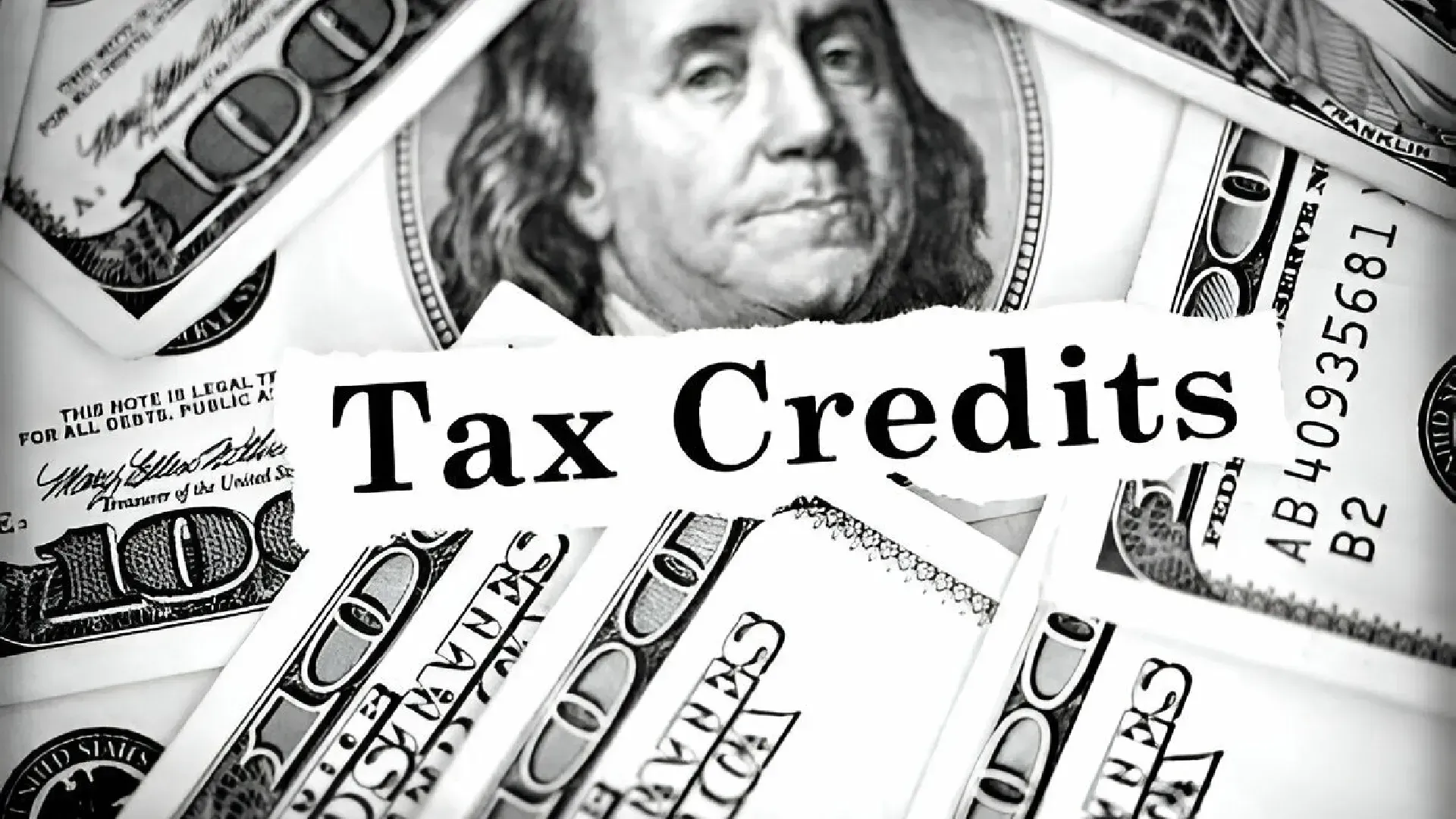Understanding Economic Trends and Their Impact on CRE

Commercial real estate (CRE) is intricately linked to the broader economy, with economic trends playing a significant role in shaping the dynamics of the commercial property market. From fluctuations in interest rates and GDP growth to shifts in consumer behavior and industry trends, economic factors exert a profound influence on CRE investment, development, and occupancy. In this comprehensive guide, we will explore the relationship between commercial real estate and economic trends, analyzing the impact of key economic indicators on various sectors of the CRE market.
Understanding the Impact of Economic Trends on Commercial Real Estate
1. Interest Rates
Changes in interest rates, set by central banks, have a direct impact on the cost of borrowing for real estate investors and developers. Lower interest rates stimulate investment and borrowing, leading to increased demand for commercial properties and higher asset prices. Conversely, rising interest rates can dampen demand for CRE as borrowing costs increase, potentially leading to decreased property values and investment activity.
2. GDP Growth
Gross domestic product (GDP) growth reflects the overall health and performance of the economy. Strong GDP growth typically correlates with increased demand for commercial space as businesses expand operations and create jobs. Conversely, economic downturns or recessions can lead to reduced demand for office, retail, and industrial space as businesses downsize or close operations.

3. Employment Trends
Employment levels and trends are closely tied to the demand for commercial real estate, particularly office and retail properties. High employment rates and job growth drive demand for office space as businesses expand their workforce and require additional office space. Conversely, layoffs and unemployment can lead to increased vacancies in office buildings and reduced demand for retail space as consumer spending declines.
4. Industry Performance
Economic trends impact different sectors of the commercial real estate market differently. For example, the growth of e-commerce has fueled demand for industrial and logistics properties to support warehousing and distribution operations. Similarly, shifts in consumer preferences and technological advancements influence the demand for retail space, with experiential retail concepts gaining prominence.
5. Supply and Demand Dynamics
Economic trends influence the balance of supply and demand in the commercial real estate market. During periods of economic expansion, demand for commercial properties typically outpaces supply, leading to increased rents and property values. Conversely, economic downturns can result in excess supply and higher vacancy rates, putting downward pressure on rents and property values.
Conclusion
In conclusion, economic trends play a pivotal role in shaping the dynamics of the commercial real estate market. From interest rates and GDP growth to employment trends and industry performance, a range of economic factors influence investment, development, and occupancy in the CRE sector. By understanding the interplay between economic indicators and commercial real estate fundamentals, investors, developers, and occupiers can navigate the market with greater insight and make informed decisions to maximize returns and mitigate risks.
CONTACT US
Call 855-400-2254 or send us an email
VISIT US
55 Ivan Allen Jr. Blvd, Suite 340 Atlanta, GA 30308-3050
MAIL TO
55 Ivan Allen Jr. Blvd, Suite 340 Atlanta, GA 30308-3050






